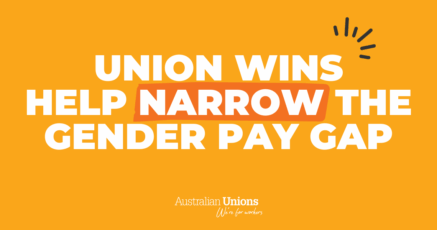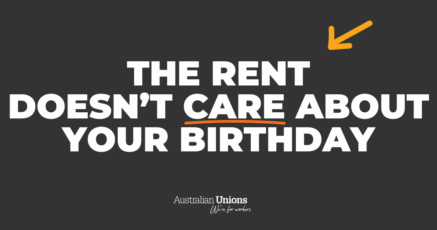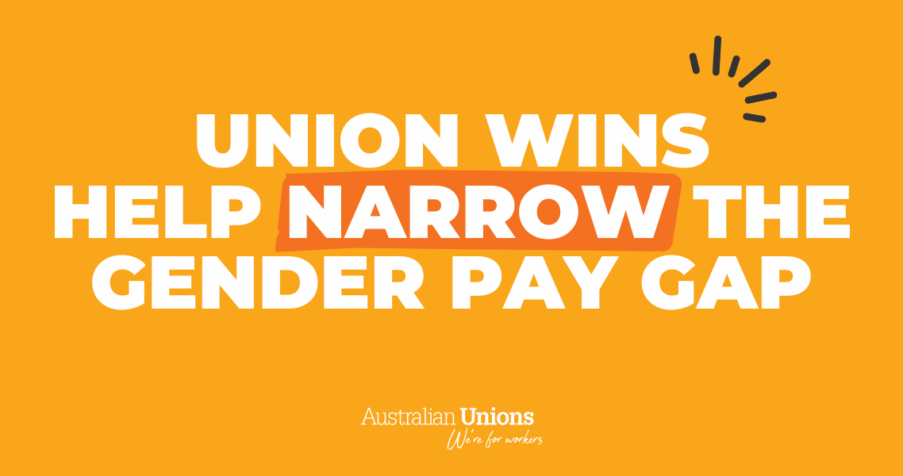There’s a lot to dislike in this week’s Federal Budget. Our troubled childcare and aged sectors will receive nothing like the investment they need. TAFE and universities are facing huge cuts. Domestic violence services are set to receive a big boost—but it’s only temporary, with a 99 per cent funding cut expected in 2025-26.
As Australian Unions’ Francis Leach writes in his budget wrap up, this is also a budget that leaves workers out in the cold.
And that’s why the budget fails, as a plan to revive Australia’s social infrastructure and a plan for economic recovery after the pandemic.
The government is counting on consumer spending to drive GDP growth in the coming years—a full 70 per cent of GDP growth, according to the Centre for Future Work’s budget analysis. But as the Morrison Government rolls back coronavirus supports, and with job and wage-stimulating measures going missing from the budget, there’s no sign of where this consumer spending will come from.
The government expects wage growth of just 1.5 per cent in 2021-22, and 2.25 per cent in 2022-23. Because wages are expected to lag behind consumer prices, this translates to a cut in real wages. As Australia enters a second decade of anaemic wage growth, workers won’t be spending.
So where will the money come from? The budget papers say that private investment will contribute almost nothing to growth in the coming financial year, despite the Government’s commitment to a $17.9 billion tax write off for businesses. Trade, already in sharp decline after 2020, is unlikely to rebound any time soon.
This is where government spending to support job creation and stimulate wage growth should come in. Take aged care, for example. The Government’s $17.7 billion for aged care over five years is just over a third of the $10 billion a year that economists and aged care experts say is necessary to implement the measures outlined in the Aged Care Royal Commission. (Careful readers will also note that it’s also less than the Government’s business tax concession).
And what money there is will not be invested directly in the highly trained, well-paid, securely employed workforce aged care needs. Mandated minutes of care for residential care residents will only come into effect in late 2023, and the Government has no plans for increasing wages, instituting higher standards or investing in workforce training.
This risks further entrenching the unsafe, cruel conditions documented by the Royal Commission. As ACTU Secretary Sally McManus told Fran Kelly on RN Breakfast this morning, in a sector dominated by private providers, “unless you actually require them to spend money on ongoing training, on the wages for their staff, on meals for residents … they are going to make up their own minds on what they do there and inevitable they will cut corners.”
It’s a similar story in childcare. $1.7 billion over four years to increase subsidies is far from the investment economists and advocates have called for, and nothing like the universal, free childcare Australian Unions have consistently demanded. And the same, again, in education. TAFE is facing a 25 per cent funding cut. Universities already lost 35,000 jobs in 2020. With Commonwealth payments to universities falling by 9.3 per cent, and the Federal Government doing nothing to encourage the return of international students to Australia, there may well be worse to come.
The link between job security, wages and the quality of care and education is clear. The link between wages and consumer spending is also clear. Investment in the people who work in aged care, childcare, training and education is both a social imperative, and an economic one in a recovery that—as the Government’s own estimates say—depends on consumer spending.
A budget that fails to support wage growth fails Australians. But what else did we expect? This week, Treasurer Josh Frydenburg was keen to tell the media this is “very much a Liberal Budget”. After eight years of Coalition cuts and wage stagnation, and with no end in sight, that sounds about right.






SHARE:
Without wage increases, this budget is a failure